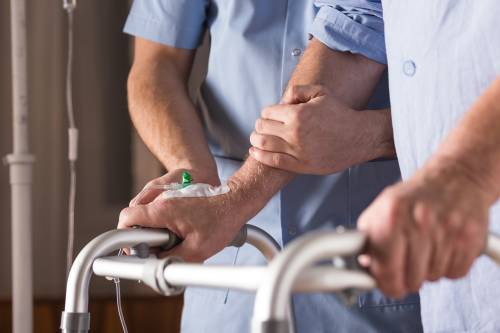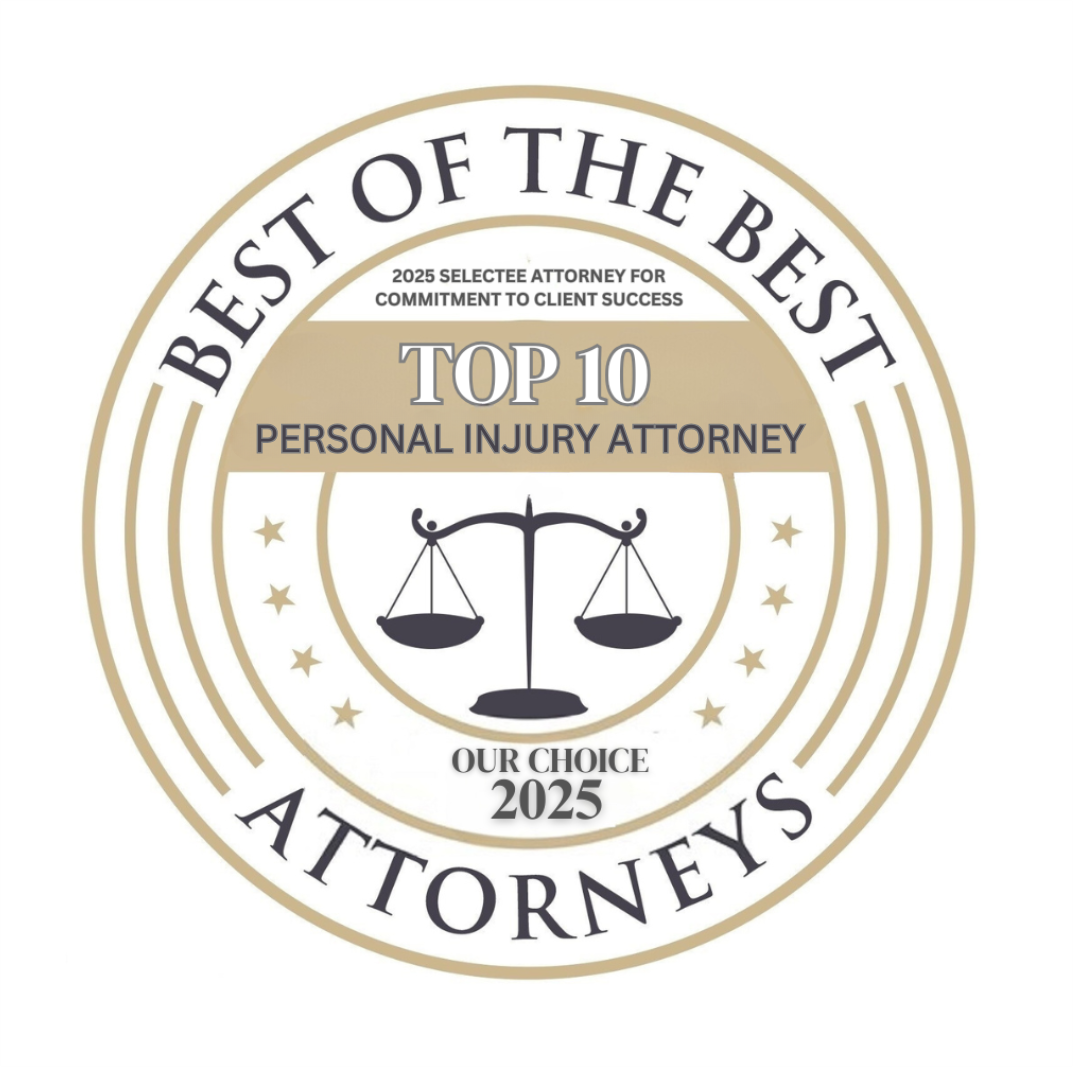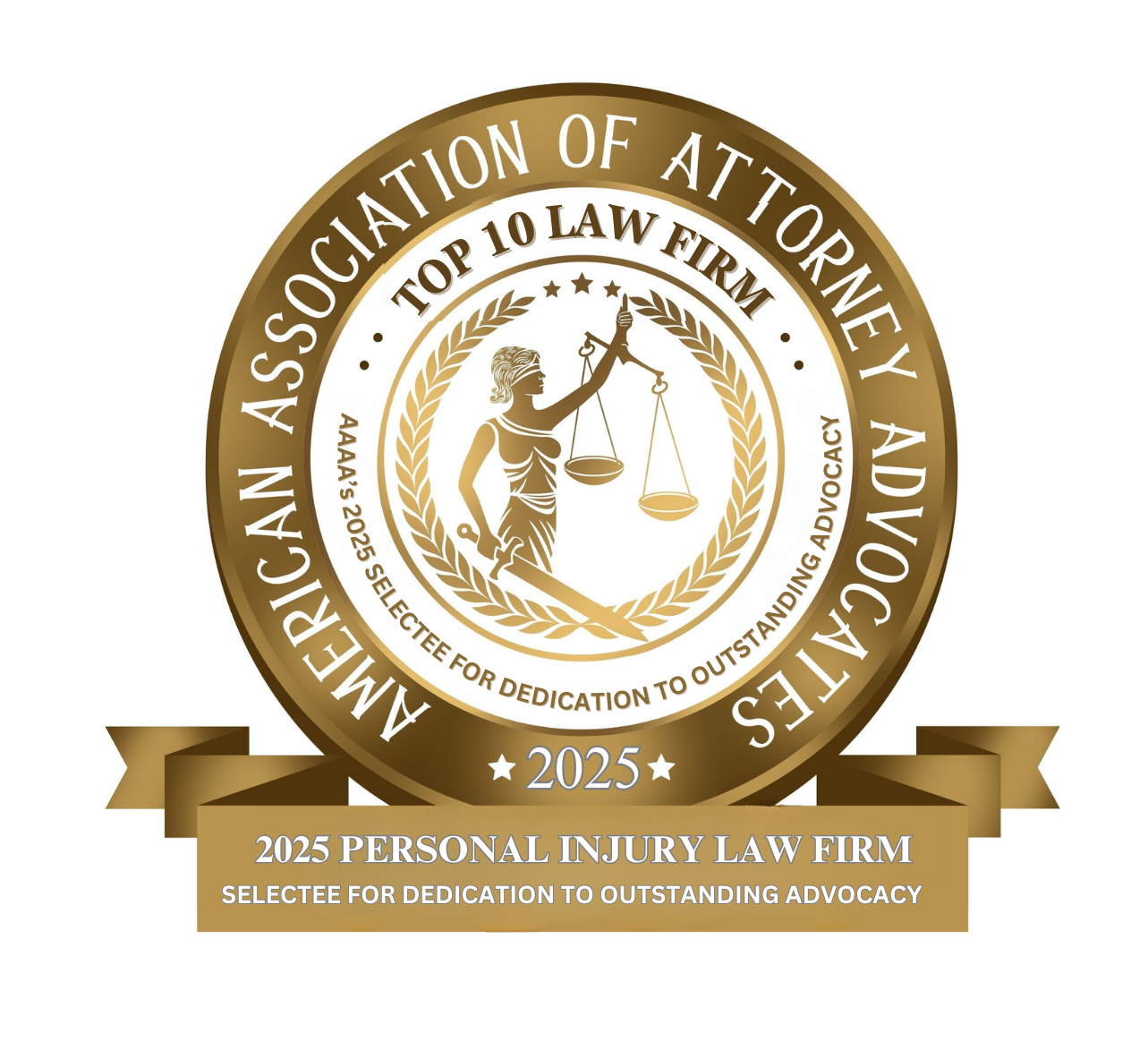- Free Consultation: (630) 527-4177 Tap Here to Call Us
The Benefits of Physical Therapy in Nursing Homes

As the healthcare landscape evolves, more attention is given to physical therapy as an integral part of care in nursing homes. Physical therapy (PT) isn’t just about restoring movement—it’s about enhancing quality of life, reducing risks, supporting mental health, and empowering residents to live with dignity and independence. In this blog, we’ll explore the impact of physical therapy on nursing home residents and when failure to provide physical therapy constitutes nursing home neglect.
Enhancing Mobility & Reducing Disability
Physical rehabilitation in nursing homes has been shown to significantly improve residents’ ability to perform activities of daily living (ADLs):
- A meta-analysis of 67 trials (6,300 participants) found that physical therapy improved Barthel Index scores by approximately 6 points.
- Among residents with dementia (1,348 participants), physical therapy led to a standardized mean difference of 0.78 in ADLs—signifying a strong effect—though with low certainty.
Even when improvements are modest, regaining independence in basic functions like dressing, eating, and transferring significantly boosts nursing home residents’ autonomy and sense of dignity.
Strength, Balance & Fall Prevention
Falls are a critical issue in nursing homes: nursing home residents fall at a rate of 1.7 per person per year, compared to 0.65 for community-dwelling older adults. Multicomponent physical therapy programs yield striking results in the prevention of falls and injuries:
- In one Iranian study, falls dropped from 2.48 to 0.62 per 6 months post-intervention, and fear of falling also significantly decreased
- A U.S. study showed exercise reduced fall risk by 10–12 % and fall rate by 19 %, with balance training yielding the greatest benefit.
- Another longitudinal study found that more frequent physical therapy sessions over 9 months led to significant improvements in flexibility, balance, and overall physical function in nursing home residents.
These findings underscore the power of exercises targeting balance and strength to significantly reduce fall-related injuries, lower healthcare costs, and preserve mobility in nursing home residents.
Quality of Life & Mental Well‑Being
The benefits of physical therapy in nursing homes extend well beyond physical improvements:
- An Iranian trial showed that after physical therapy, mental health scores increased from 55.6 to 63.6, vitality from 42.0 to 50.7, and general health from 38.7 to 52.3.
- Physical therapy has been found to support neuroplasticity, memory, and executive function by combining coordination, balance, and cognitive tasks.
- Group physical therapy sessions combat loneliness, foster social interaction, and can reduce depression among residents.
Endorphin release, improved self-efficacy, and the experience of personal achievement during session-based rehabilitation contribute to boosting mental health and quality of life of nursing home residents.
Shorter Stays & Better Discharge Outcomes
In the U.S., nursing homes classified as skilled nursing facilities (SNFs) report that therapy intensity matters:
- A large-scale study of 311,338 Medicare SNF admissions found that residents receiving ≥ 60 minutes/day of PT (plus OT/ST) had:
- 63.5 % discharge to home versus 27.4 % in the low-intensity group (<30 min/day).
- Reduced rates of hospitalization and death.
- 2-day shorter length of stay
Another CMS-backed analysis showed typical intensity (22–27 hours total) correlated with better functional gains and fewer 30‑day readmissions. This evidence supports the idea that quality therapy accelerates transitions to community living and reduces long-term institutionalization.
Benefits for Residents with Cognitive Impairment
Dementia is prevalent in nursing homes—up to 80 % of residents in long-term care. While dementia complicates rehabilitation, certain gains are achievable:
- Physical activity programs significantly improve ADLs.
- There are indications of enhanced lower-limb function, though effects on gait and quality of life are weaker .
Physical therapy offers meaningful support, especially with tailored, progressive interventions focused on individual capacity, even when cognitive decline is present.
Managing Chronic Pain & Enhancing Comfort
Chronic pain, often from arthritis or musculoskeletal conditions, is common in nursing homes:

- Physical therapy offers non-invasive pain relief through targeted exercises, massage, and modalities such as heat/cold therapy.
- By increasing flexibility and joint function, residents experience improved comfort and reduced reliance on medications—a key benefit in a population at higher risk of polypharmacy.
This natural approach to pain management enhances safety, reduces medication side effects, and supports overall wellbeing.
Best Practices in Nursing Homes for Delivering Effective Physical Therapy
To fully realize physical therapy’s benefits for residents, nursing homes should emphasize:
- Therapy Intensity & Frequency
- ≥60 minutes/day linked with better discharge and survival outcomes.
- Studies show cumulative sessions over months maximize gains.
- Multicomponent Programs
- Holistic approaches combining balance, strength, education, and environmental modifications (e.g. hazard assessment) are more effective than single-component interventions.
- Individualization & Inclusivity
- Tailored plans for residents with dementia or frailty yield better personalization and results.
- Group & Social Engagement
- Group physical therapy fosters community, combats loneliness, and increases participation.
- Cognitive Integration
- Combining mental and motor tasks stimulates neuroplasticity and executive function.
- Staff Education & Environmental Changes
- Supporting safe mobility, understanding therapy benefits, and ensuring accessible spaces amplify physical therapy’s impact.
Common Challenges for Providing Physical Therapy in Nursing Homes
1. Limited Resources & Funding
- Some skilled nursing facilities struggle to provide at least 60 minutes of physical therapy per day due to cost or staffing constraints.
- Evidence supports advocacy for improved reimbursement models to expand access.
2. Cognitive & Physical Decline
- Studies show even very frail residents can benefit, though mobility improvements may be modest: a JAMA trial reported ~15.5% improvement in mobility subscale but no overall functional change.
3. Sustainability & Continuity
- Maintenance programs both during and after the stay are essential. Yet more research is needed on cost-effectiveness and long‑term follow‑up.
When Lack of Physical Therapy Becomes Negligence
Unfortunately, not all nursing homes provide residents with the physical therapy they need—and in some cases, that failure may constitute negligence. Understaffing, cost-cutting, or poor care coordination can lead to residents being ignored or denied rehabilitative care that would prevent further physical and cognitive decline. If a resident suffers a fall, loses mobility, develops bedsores, or experiences rapid deterioration due to the absence of physical therapy, the facility may be held legally responsible for failing to meet the accepted standard of care. Families should never assume that physical therapy is optional or “nice to have”—in many cases, it is essential for safety, recovery, and dignity. When nursing homes neglect this obligation, legal action may be necessary to protect the rights and well-being of your loved one.
Contact the Top-Rated Illinois Nursing Home Abuse and Neglect Lawyers at John J. Malm & Associates
At John J. Malm & Associates, we understand how vital physical therapy is to the safety, health, and quality of life of nursing home residents. If your loved one was denied rehabilitation services or suffered a preventable injury—like a fall, loss of mobility, or bedsores—due to inadequate care in a nursing home, you may have a valid claim for negligence.
Our experienced Illinois nursing home resident injury attorneys can help you hold the facility accountable and recover compensation for medical bills, pain and suffering, and long-term care needs. Don’t wait to take action. Contact our office today for a free consultation to learn how we can help protect your family’s rights.















